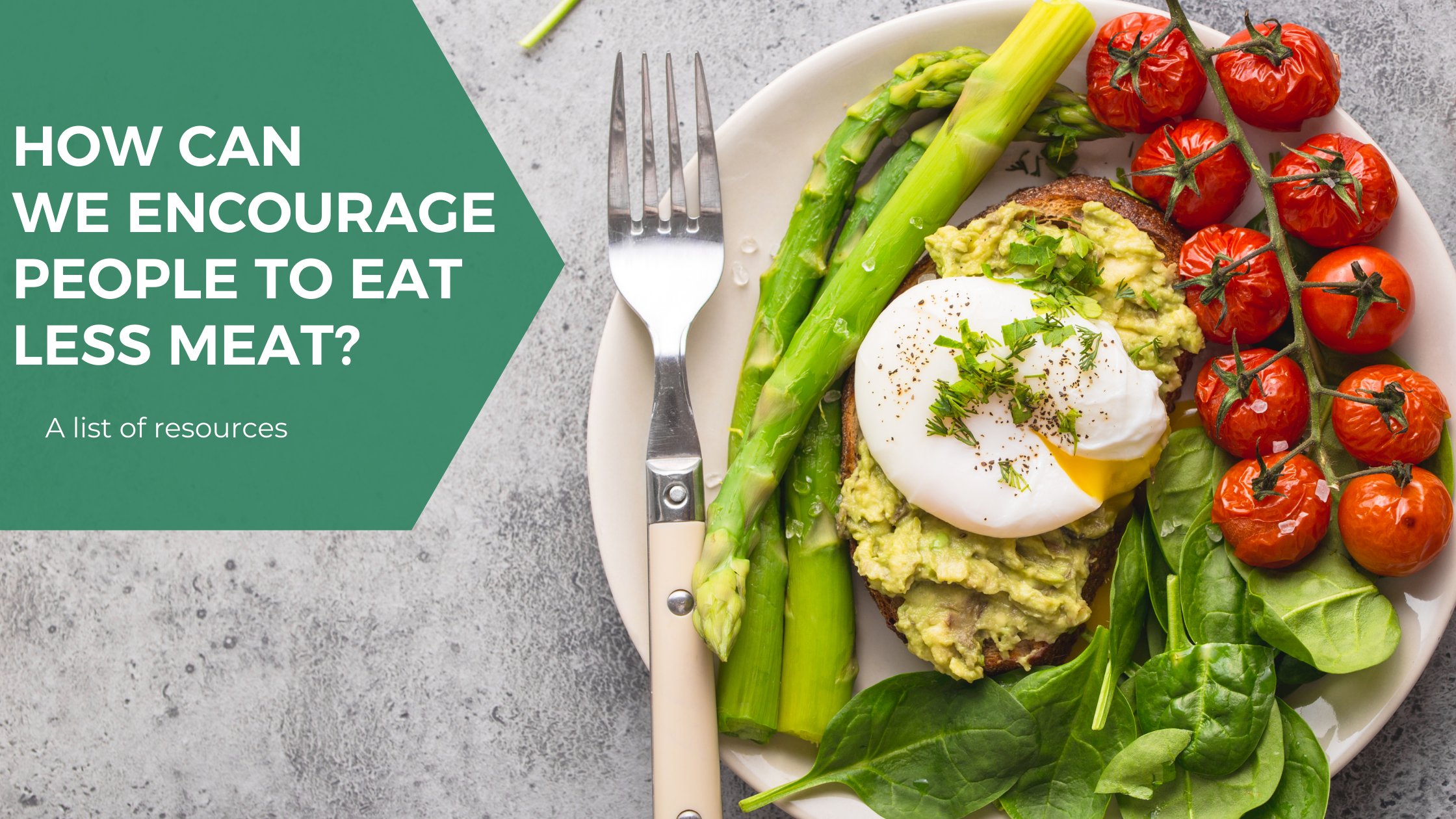How can we encourage people to eat less meat?
Diets are very personal. That we’ve always known. But there are many environmental benefits to reducing the amount of meat you eat or becoming a vegetarian or a vegan.
It’s becoming more & more well-documented that eating a lot of meat can be harmful for both you – and the planet. So how can we encourage people to eat less meat?
The special report on climate change and land by the Intergovernmental Panel on Climate Change (IPCC) describes plant-based diets as a major opportunity for mitigating and adapting to climate change ― and includes a policy recommendation to reduce meat consumption.
“We don’t want to tell people what to eat,” says Hans-Otto Pörtner, an ecologist who
co-chairs the IPCC’s working group on impacts, adaptation and vulnerability. “But it would
indeed be beneficial, for both climate and human health, if people in many rich countries consumed less meat, and if politics would create appropriate incentives to that effect.”
What if people ate less meat?
Well – we know we’d drastically reduce our emissions – and we’d be healthier. But we also know that eating less meat can be hard if you don’t know where to start or if you’ve never changed your diet before.
We constantly hear common excuses surounding reducing meat consumption, such as:
- “I won’t be able to eat anything!”
- “Plant-based foods are gross.”
- “To Build Strong Bones, I Must Include Dairy in my Diet.”
- “My workouts will suffer.”
- “I will lack protein, B12, iron, calcium, and much more.”
Below, we’ve compiled a great list of ideas on how to get started on reducing your meat consumption.
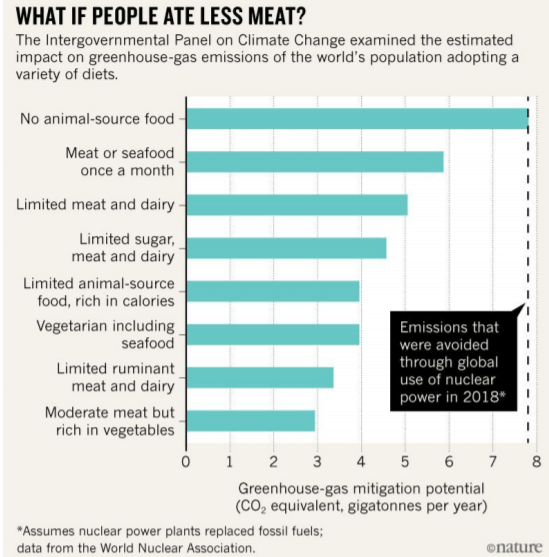
Become a Flexitarian
A “flexitarian” is a style of eating that encourages mostly plant-based foods, while allowing for some animal products, some of the time! It’s exactly what it sounds like “being flexible” when it comes to making the switch – but for the majority of the time, the individual would eat plant-based. Think “special occasion” meat-eater!
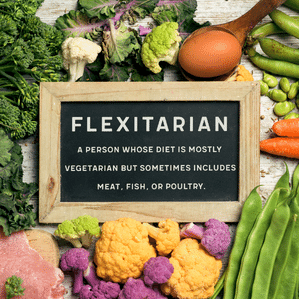
Participate in Meatless Mondays
You may have already heard of Meatless Mondays. But have you tried it yourself? Meatless Mondays is a great way to give up eating meat once -per-week. Call it your “intro” to the veggie world. Tip toe, walk, run, we don’t care: just get started with your first Meatless Monday today. For more tips on how to get started, Check out our Meatless Monday Cheat Sheet.
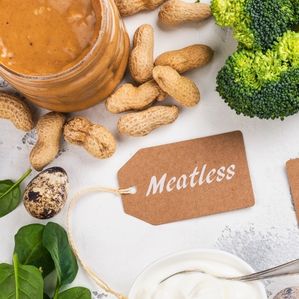
Join Our Email Community
Gain exclusive access to green trends, tips, and tricks when you sign up for our free newsletter. Enter your email to join our community of changemakers!
Stock Your Pantry Right
Plant-based dishes don’t have to be boring and bland! But making sure you have the right ingredients on hand is important. You’ll need staple ingredients like dried fruits, flax seeds, nutritional yeast, grains, beans, and lentils. Ensure you have a variety to experiment with so you don’t get bored!

Ensure you are getting the right nutrients
Going vegetarian or vegan can be daunting – and one of the biggest questions people have is “will I get enough nutrients?” Surprise! You will and you can – but it does require careful planning. Protein, calcium, iron, zinc, Vitamin A, Omega 3 Fats, Vitamin B, and Vitamin D are all essential nutrients to ensure your getting. Talk to a dietician, nutritionist or your doctor, and make sure you understand food labels.
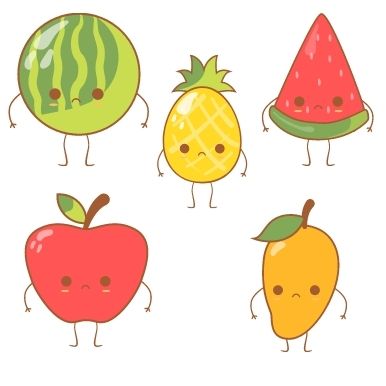
Take a course
Educating yourself is key to starting a plant-based diet. Studying specific programs and cooking courses about eating vegan foods can help you transition. There are several online courses available to give you plant-based recipe ideas and can help you to learn how to ensure you are eating the right amount of nutrients. If you’re feeling overwhelmed, ensuring you have the proper background information is a perfect place to start on your journey. Check out our member directory for inspiration.

Try new things

Let someone else cook

Meal Planning
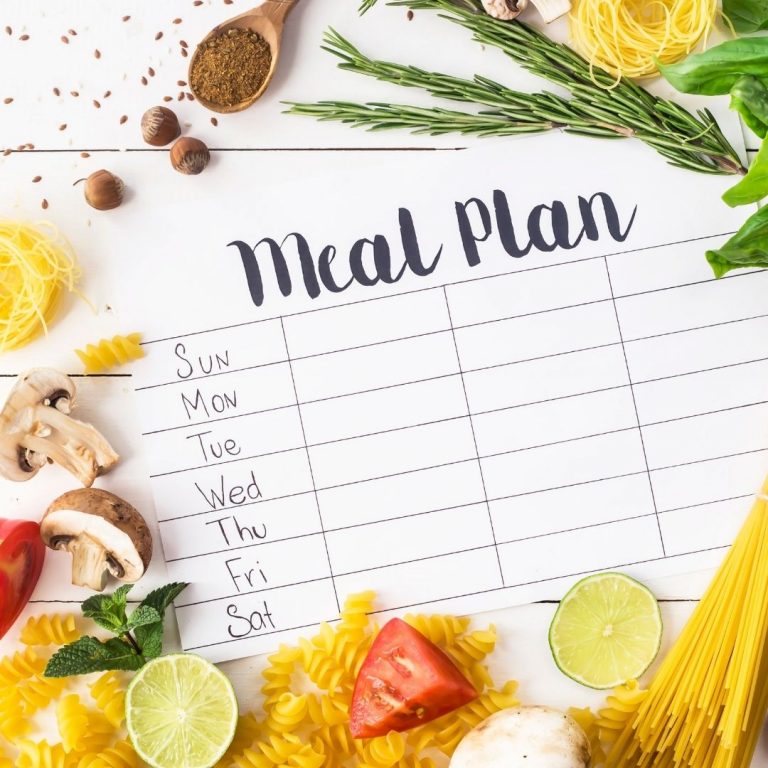
Shop at the right stores

Join Our Email Community
Gain exclusive access to green trends, tips, and tricks when you sign up for our free newsletter. Enter your email to join our community of changemakers!
More Blog Posts:
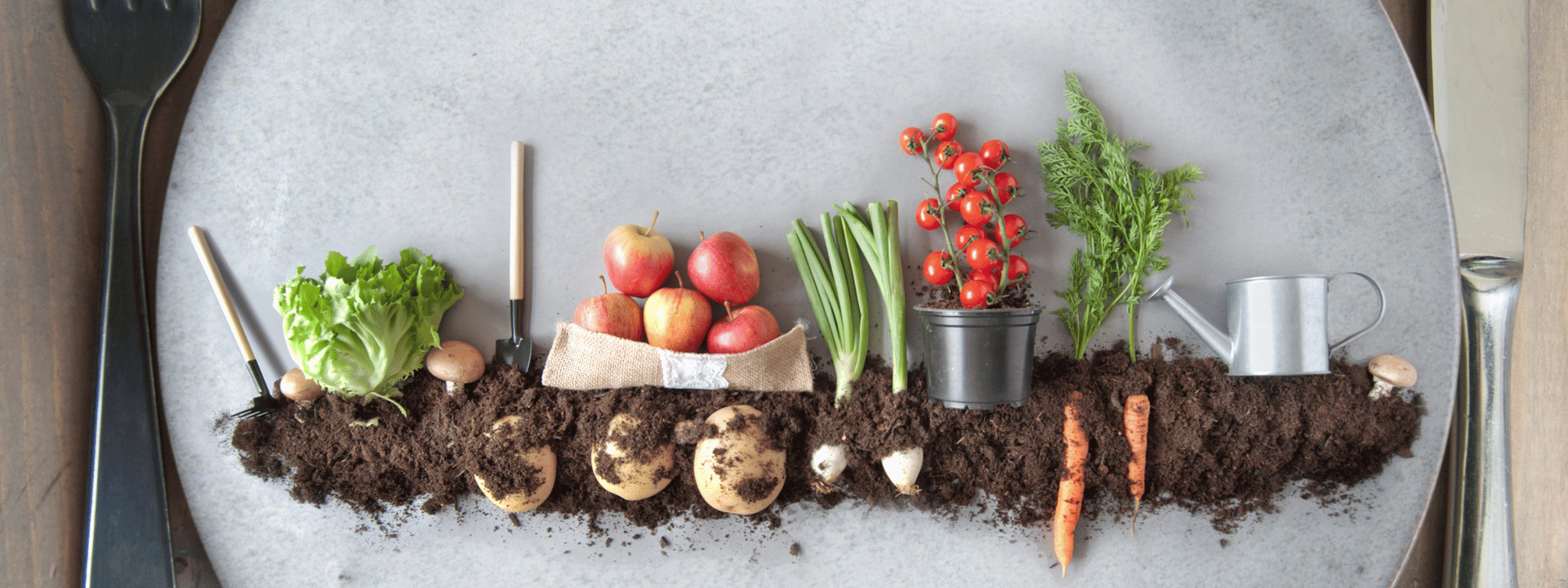
The Guide to Veganuary!
Whether you are going full vegan or starting to eat less meat, our guide to veganuary will help you go plant-based in 2023.
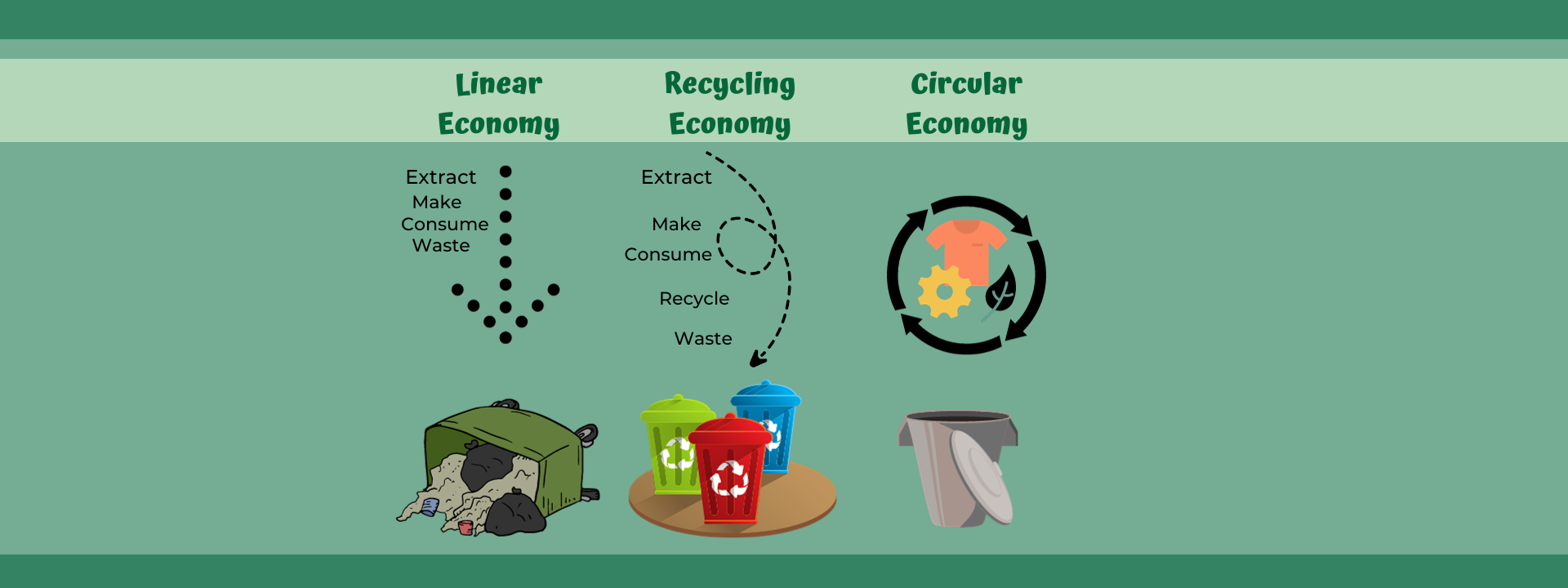
5 Circular Economy Companies in Canada To Celebrate Waste Reduction Week
Say hello to 6 Circular Economy Companies in Canada this October as we Celebrate innovators during Waste Reduction Week.

